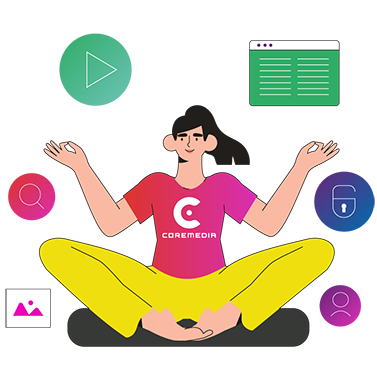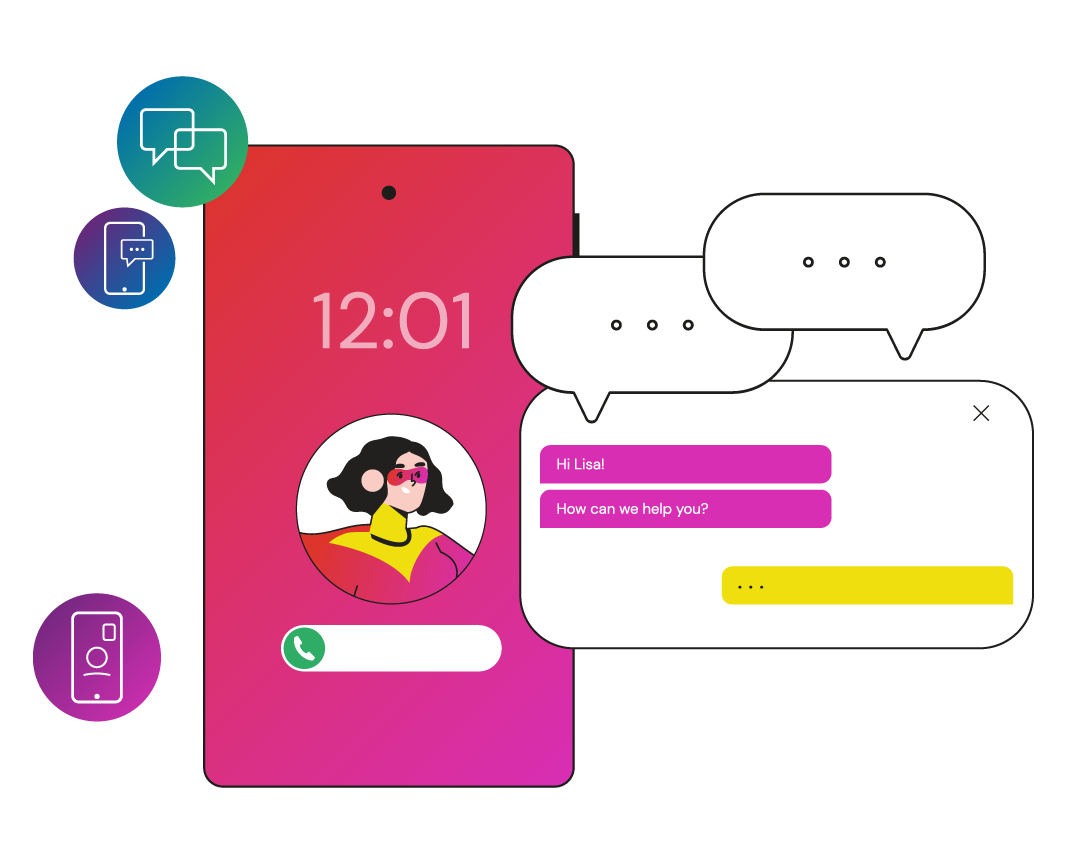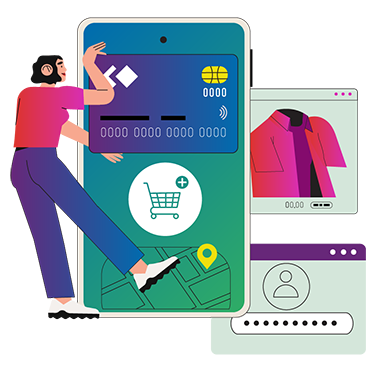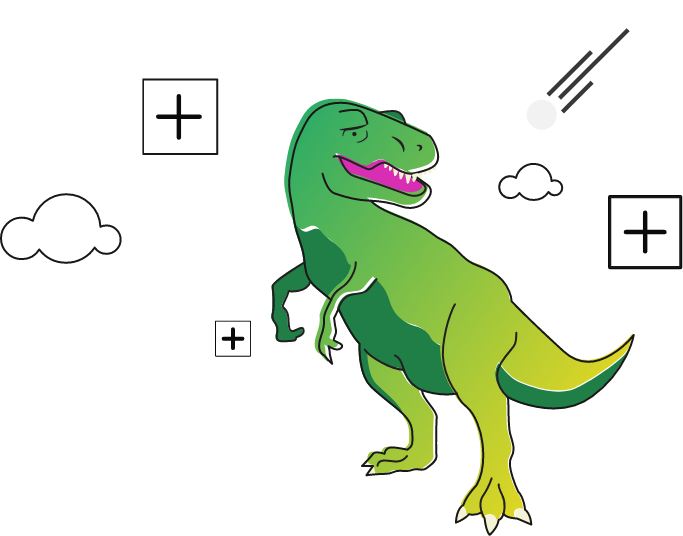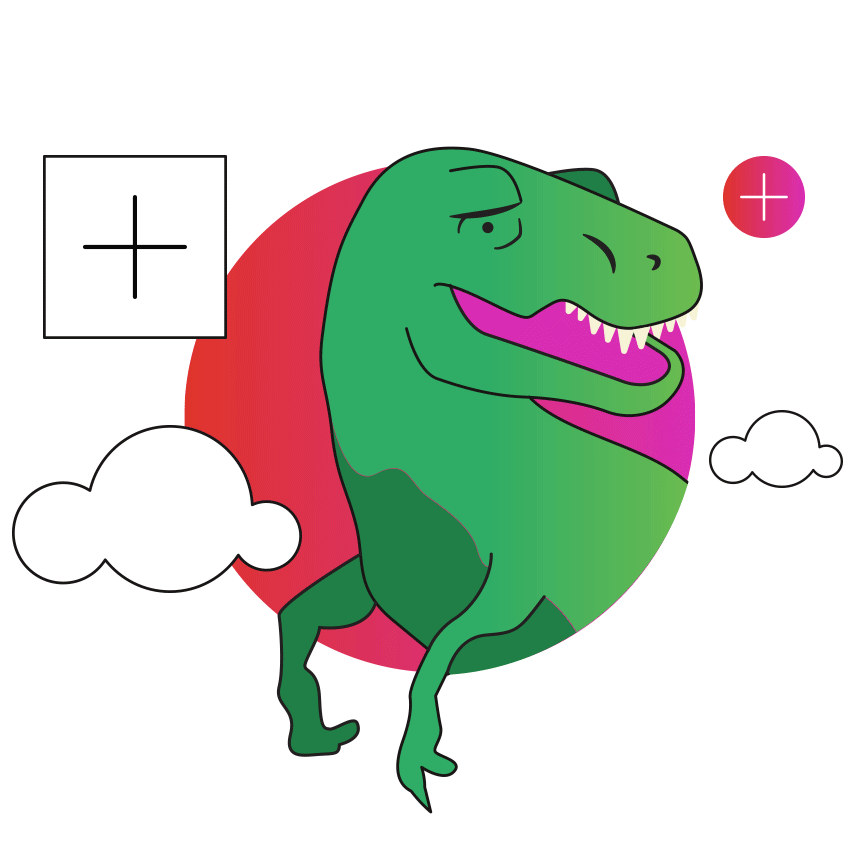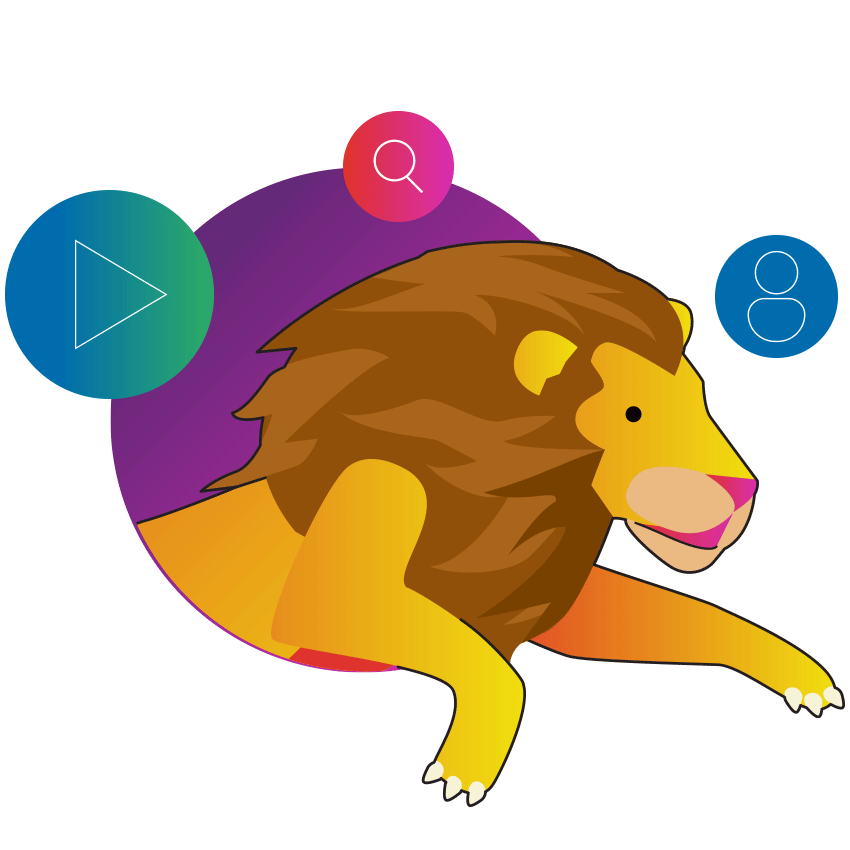As I discussed in my last post, Direct-to-Consumer (DTC) sales and marketing strategies are transforming the way that consumer brands interact with their retailers and customers. This is particularly true for direct-to-consumer brands such as Nike, Under Armour, Puma, Lululemon, Peloton, and more. Last time I gave an overview of the trends transforming the industry and highlighted a few tactics that sporting goods brands could pursue to ensure their direct-to-consumer future without alienating their traditional retailers.
In part two of this blog series, I’d like to dive into a topic that is critical for all brands attempting to forge a direct connection with buyers: product-related storytelling. This essential technique needs to be the cornerstone of your DTC strategy since it influences interactions with both your consumers and your retailers.
Why Stories Matter in DTC Marketing
What is storytelling and how does it work in sporting goods and DTC? There is no doubt that consumers are motivated by practical details like features, price, and availability. But emotions play an important role as well. According to Capgemini, “70% of consumers with high emotional engagement spend up to two times or more on brands they are loyal to” [1].
Some shoppers know exactly what they want – others don’t. Some are driven primarily by price and availability. Others have an emotional attachment to a particular brand that is best addressed through storytelling. In a DTC business model, storytelling enables sporting goods companies to supersede everyday transactions to create the unique experiences that customers demand.
Sports enthusiasts are unusually passionate people. Succeeding at any sport or physical activity requires commitment, focus, and a drive to overcome challenges. It is an inherently emotional endeavor, and it lends itself to the creation of personal and brand narratives.
Some sporting goods brands are excellent at curating these stories and sharing them through social media and direct to consumer marketing. Under Armour provides a good example. Back in 2020, the company made a commitment to rebrand and reimagine itself as a human performance company. As part of this reimagining, it worked with its customers and celebrity spokespeople to identify personal stories to share in a new podcast called “The Only Way is Through” [2]. Projects like this are on the cutting edge of DTC storytelling strategies.
How to Create a Good Story
Stories can be constructed around any product or collection of products. When products are combined with rich media as part of a real-life user story, they do a better job of addressing the practical and emotional needs of the shopper.
These digital-first stories can include lifestyle content and show the product in use in a variety of real-world contexts. Seasonal conditions, current topics, and trends inspire and engage consumers on a far deeper level compared to scrolling through a long list of unrelated products.
Imagine what's possible when content and commerce are seamlessly combined to engage your sports customers. A static product catalog with standard product specifications, pricing, and shopping cart functionality no longer convinces today’s consumer to buy. In a digital world where they can’t “touch and feel” new products, your site or social media post must help them visualize its usefulness.
How Product Stories Motivate Customers
With the ability to present consumers with immersive and inspiring content, such as how-to and feature highlight videos, you can create an “anchor” against which all other options must compete. Immersing your consumers in a product story allows them the space to imagine how the product can impact their day-to-day life and boosts their customer experience.
This concept is supported by neuroscience. According to Uri Hasson, a neuroscientist from Princeton, a story activates parts of the brain that cause a listener to turn the story into their own idea and experience [3]. Storytelling is the only way to plant ideas into other peoples’ minds. However, his research also showed that images must be connected to the narrative to have value.
Therefore, we now have scientific proof that storytelling is the most effective way to create empathy and influence someone's interpretation, anticipation, and behavior. By seamlessly embedding product stories using product and cart information, you can deliver on the direct-to-consumer goals of both the marketing and eCommerce teams: engagement and conversions.
Let’s not forget that storytelling is a social experience. To enhance your product stories and help them spread on social media, capabilities such as post-purchase ratings, comments, discussions, and rich media uploads can also motivate buying. Allowing customers to share their stories about your product line helps potential customers see the value through various contextual interpretations.
With powerful moderation tools, direct to consumer marketers and channel groups can manage conversations, maintain the brand, and curate the best stories. This helps your consumers visualize the role that your products can play in their lives. By integrating content management, digital asset management, and eCommerce, memorable customer experiences using compelling stories can be created and consistently shared to create loyal customer advocates that bring new business.
References
[1] https://www.capgemini.com/resources/loyalty-deciphered
[2] https://about.underarmour.com/news/2020/01/only-way-is-through-podcast
[3] https://medium.com/future-of-storytelling/q-a-with-professor-of-neuroscience-uri-hasson
